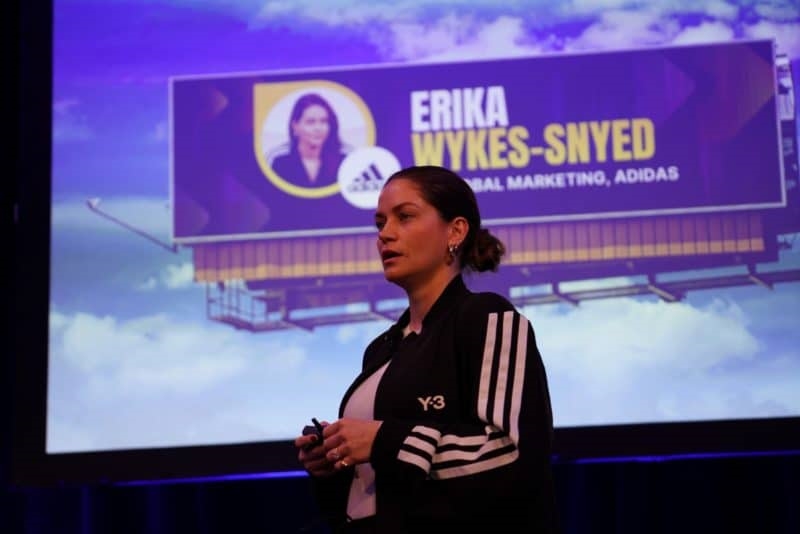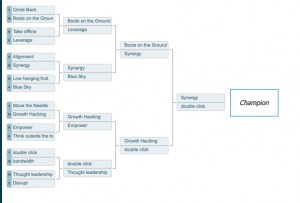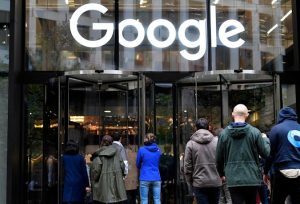Adidas’ VP of global marketing explains the strategy behind metaverse team-building and execution.

Over the last two years, iconic shoe brand Adidas has been establishing a metaverse presence by collaborating with tech partners and creators and also rolling out their own NFT.
Leading the effort is Erika Wykes-Sneyd, who spoke about the brand’s journey at the recent DPAA Global Summit. She has experience in fintech and gaming technology at PlayStation, Venmo and Uber.
Here are the steps Adidas has taken so far.
Build a metaverse-ready team
Adidas began their metaverse journey in February of 2021. Tesla’s Elon Musk had just tweeted that his company would accept payment for cars in Bitcoin. This boosted the credibility of cryptocurrency, as well as the underpinning blockchain technology that governs transactions in web3. If more users were going to be collecting and showing off blockchain-based NFTs, then this was a space in which brands should also be involved.
Wykes-Sneyd started a metaverse task force allowing anyone within the organization to opt in and contribute ideas.
“I immediately found a lot of passionate individuals in the organization who were already thinking about the space,” she said, adding they were “front line workers,” who weren’t in the C-suite or IT department. They were people who, during pandemic lockdowns, were spending more time getting involved in web3 projects on the side, often on Discord.
From the 55 people who initially showed interest on a company chain email, Wykes-Sneyd created a 22-person taskforce that included employees across the organization.
Members of the taskforce were then invited to pitch ideas.
“We found opportunities and the talent pools that were sitting in the organization,” said Wykes-Sneyd.
Using these ideas, Wykes-Sneyd developed a go-to-market strategy with the same foundations in consumer and category research that she uses with other product launches. The difference, she said, was in this case it was a bottom-up process involving people at all levels of the organization.
“Bring in the people that live it on a day-to-day basis,” she said. “It’s not going to come from the top-down.”
Choose partners carefully
“There’s a lot of different ways to get into this space, but you could argue that ours came with more risk because we did put an NFT on blockchain and now we have to service that community in perpetuity, until we decide we’re not going to do this anymore,” Wykes-Sneyd said.
With younger consumers moving from social media platforms to Discord and 3D virtual gaming platforms like Roblox, Adidas wanted to make sure they had an authentic, credible presence in front of the web3 audience.
Adidas dropped an NFT allowing the users who purchased it to be part of a special club of like-minded Adidas fans.
They partnered with a well-known pioneer in the crypto space, GMoney. For better or worse, they also partnered with Bored Ape Yacht Club, an etherium-based NFT collective – who are well known in the community and have recently been investigated by the SEC. Adidas also participated in brand placements on NFT-based comics created by PUNKS Comics.
“It’s really difficult for marketers to find ways to be culturally credible, native and organic, and so it’s going to be the rise of these micro-communities where smart, savvy marketers are going to be showing up next,” said Wykes-Sneyd.
Create a roadmap
Building cultural currency with a skeptical audience that demands authenticity requires a long-term game plan.
Each partnership Adidas has built brings more exposure to web3 users and demonstrates the brand’s commitment to the space.
Each step in the journey gets the brand closer to selling real merchandise and virtual wearables and tokens through web3 channels. The plan is for Adidas to build secondary revenue on merchandise by including an NFT with each individual item sold. When pairs of Adidas shoes are resold, the NFT’s blockchain will record that transaction. And built into that blockchain will be an agreement that awards Adidas a cut of those secondary sales.
But whether it’s actual merchandise, or virtual wearables for avatars, the point is for consumers to be able to flex their brand affinity wherever they are.
“Identity is the next big thing to explore,” said Wykes-Sneyd. “How do you want to identify in your virtual world? How is that identification going to show up? What do you want to be? What’s your pseudonym going to be, what kind of traits do you want?”
She added, “There’s a real hopefulness in the space. Please don’t get stuck in the negativity. Start to look past that, because once you do, you will be more unlocked to the opportunities this younger generation is searching for. And they’re going to make it happen with or without us. So, I would say we want to be with them.”
The post How Adidas builds metaverse experiences and partnerships appeared first on MarTech.
(29)
Report Post







